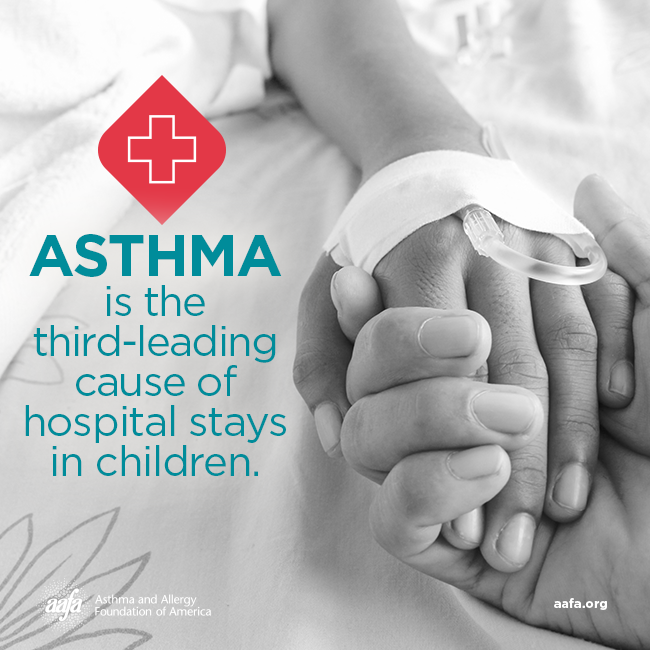Or so it seems to me.
Three years and one month ago this week, the last week of June 2018, I began taking the last biologic medication available for my HyperEosinophilic Syndrome (HES) and the severe, almost impossible to control, asthma it triggered, or the emphysema it had caused.
There were no drugs left in the medicine cabinet for me. If this one, called benralizumab or Fasenra, didn’t work … well, the eosinophils (the special white blood cells) would continue their crazy over-production and go right on destroying my organs instead of fighting infections or parasites. Until they finished destroying me. There wasn’t much fight left in me after all these years (more than 20 before it became really serious, and more than 30 since I had known there was something wrong, but no doctor could diagnose it).
In 2018, the doctor I was closest to, the allergist who had saved my life so far and figured all this insanity out over the previous six years, was worried. Dr. VL was concerned that I would have one of the sudden fatal reactions to the medication.
I had read everything I could find on the medication, including on adverse reactions. My close friend, a physician and pharmaceutical researcher, evaluated it. My hematologist-oncologist also went through the literature. I asked all my other doctors to weigh in.
But ultimately, it was my choice.
I told Dr. VL I was ready to gamble. My HES and the related problems it caused were so severe that any improvement in my quality of life was worth risking death from anaphylaxis or other major side effects.
I had virtually no quality of life left. I only could see managing a few more battles, certainly not another war. There also wasn’t much incentive to keep struggling, while I only continued to experience so much pain and disability.
The initial therapy was one injection per month for three months. I told her that I wanted to try it and if, at the end of the three months, my eos level was not improved by at least 25%, or if I developed severe side effects at any time that outweighed any benefits during the course, I would immediately stop it.
If I did show improvement after that first 90 days, I’d go on a maintenance dosage of one injection every eight weeks … for the rest of my life, however long that may be.
But I was one of the few patients for whom it worked perfectly. Within 10 days of the first injection, my eos level was zero — normal, and it has remained there ever since.
THREE YEARS OF ZERO EOS!
And not only has my asthma improved, but many of the other problems that constrained every aspect of my life have gradually been improving, too.
There is no cure. There is always a chance the drug will stop working. Or that I will suddenly have a deadly reaction to it, without warning.
It’s also possible that Medicare will stop covering this obscenely expensive medication, or that it will interact negatively with something else.
But for now, all I can say is:
THANK YOU, ASTRAZENECA!
And thank you to all the researchers and all the patients who volunteered to participate in studies to make drugs like this possible for patients like me.
(BTW, I say thanks by participating in pretty much every study I’m asked to, and will for the rest of my life. I speak to medical students, and work with residents and interns and fellows, hoping they learn from treating me. And when I die, George Washington University physicians and the medical school will get what’s left to see what else they can learn — as partial thanks for taking such great care of me these past 20 years.)


